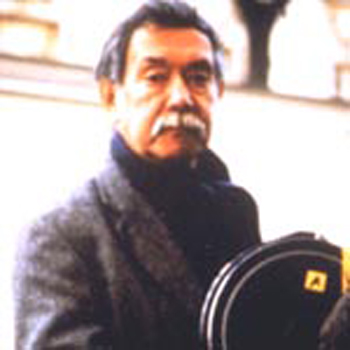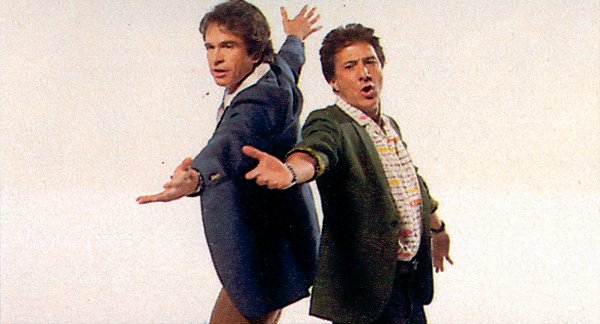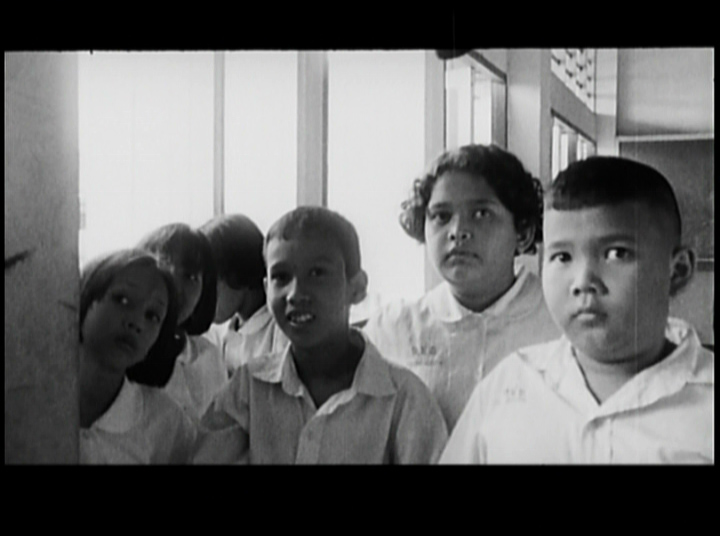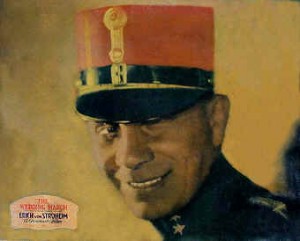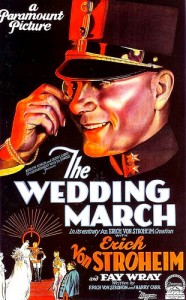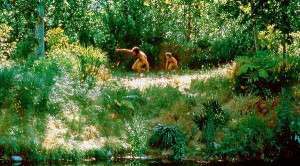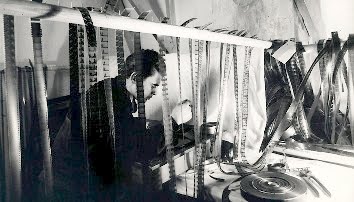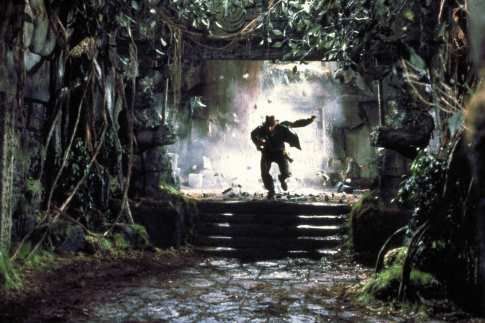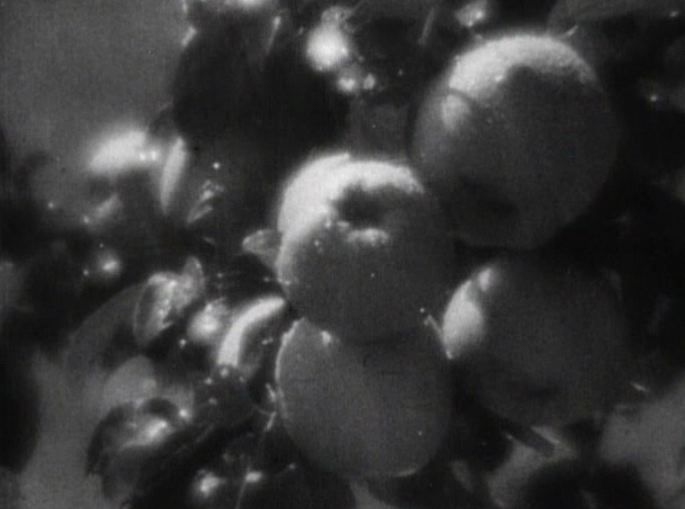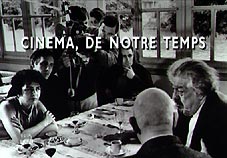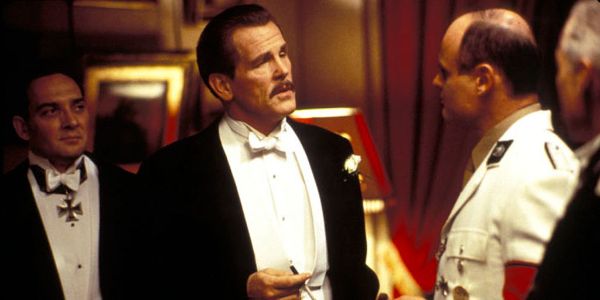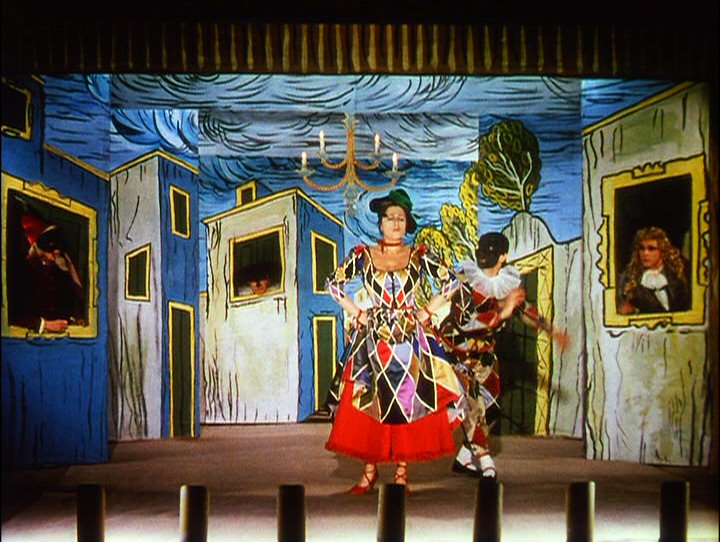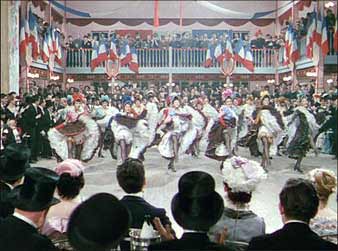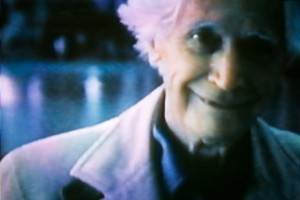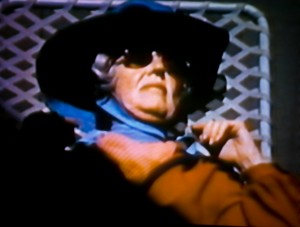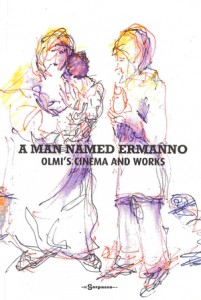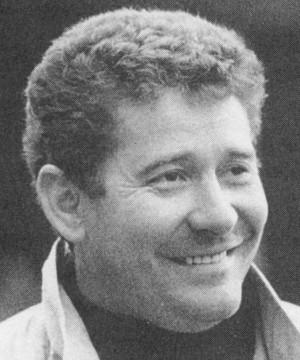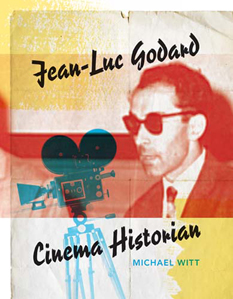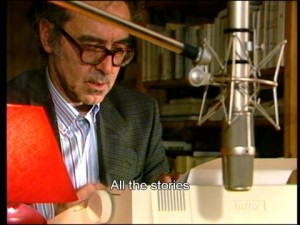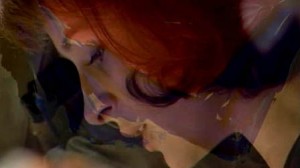Even though much of this early piece of mine about Ruiz (also available in my collection Placing Movies), originally published in separate versions in 1987 and 1990, is out of date by now, and also incorrect in spots, I’ve decided to reprint and illustrate it here, over three decades later, because of the way Ruiz inspired me to play various games of my own, as he did several years later when I wrote about him at some length again (here). (August 2011, shortly after Ruiz’s tragic death, I’ve also updated the illustrations for my 2002 interview with him for Cinema Scope.) — J.R.
Preface
The sheer otherness of Râúl Ruiz in a North American context has a lot to do with the peculiarities of funding in European state-operated television that make different kinds of work possible. The eccentric filmmaker in the United States or Canada who wants to make marginal films usually has to adopt the badge or shield of a school or genre — art film, avant-garde film, punk film, feminist film, documentary, or academic theory film— in order to get funding at one end, distribution, promotion, and criticism at the other. Ruiz, however, needs only to accept the institutional framework of state television — which offers, as he puts it, holes to be filled — and he automatically acquires a commission and an audience without having to settle on any binding affiliation or label beyond the open-ended rubric of “culture” or “education.” Read more

